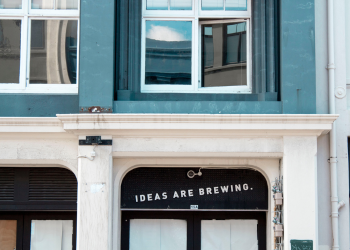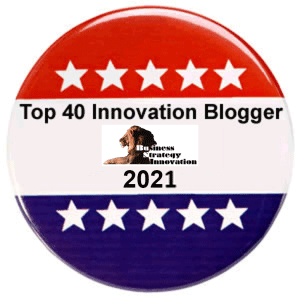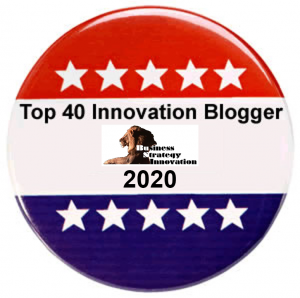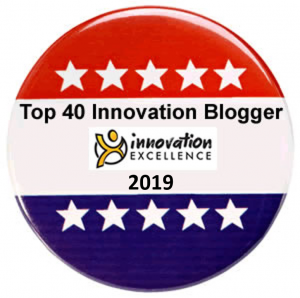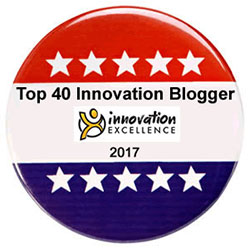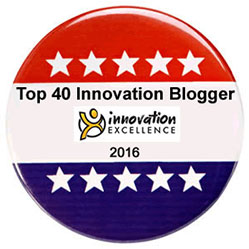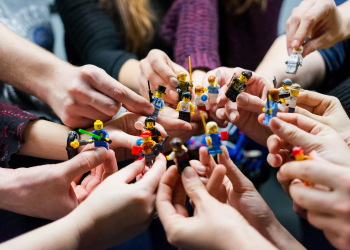In our previous two blogs, we outlined the need, in our chaotic world of unknowns, to reclaim our focus and attention and take charge of our own minds. By reclaiming these, and enhancing self-awareness we have a deeper understanding of the sources of our anxiety and distractions. How to self-manage and self-regulate them through developing deliberate calm. To effectively create consciousness, and a safe space that potentially transforms the power of our minds and hearts to connect with others, cultivate well-being, harness people’s collective genius, and generate our resilience, through thinking about creativity differently.
Transforming fear and alarm
This mobilises the energy our fears, anxiety, and alarm provide to transform the power of our minds and develop physical and psychological well-being. We can then apply proven neuroscience principles and coaching practices to cultivate resilience and think about creativity differently.
Transforming our fears and alarm in this way increases our resilience in responding to events in real-time, anticipating future events, and processing learning’s post events. It also enhances our well-being and creativity to enable us to be courageous and compassionate when inventing and innovating in an uncertain and constantly changing environment.
The potential outcomes include people experiencing more positive emotions, increased engagement at work, increased development of positive relationships, and more meaningful and purposeful work. These help us be adaptive, and transform the power of our hearts and minds to be creative, accomplish, learn, adapt, grow, and innovate through disruption.
Well-being is in crisis
In the latest report, by Udemy on “Workplace Learning Trends” they compare data collected from Australian workers (human capital) in early September 2022 with previous surveys in November 2019, August 2020, and May 2021.
They discovered three surprising truths about well-being, including:
- Workers’ resilience levels are waning. More than two-thirds of workers (68.5%) felt like they were burning out at work. This is impacting workers’ levels of performance, job satisfaction, and commitment.
- There is a crisis for meaningful work Only 39.1% of workers said their work was valuable and worthwhile, versus 47% in 2021, and 52.9% in 2020.
- Many workplaces are wasting their well-being Workplaces have too much invested in EAP services (which are proving only slightly more effective than doing nothing) and not enough in more effective tools that workers are more comfortable accessing like Wellbeing Artificial Intelligence Bots, Wellbeing Apps, Wellbeing Workshops and Wellbeing Coaching.
This reinforces the need to think and act differently when we approach cultivating well-being, resilience, and creativity to better realise our human potential and human skills in times when they are our most valuable assets and needed the most and are crucial to future success!
Developing deliberate calm
“Deliberate calm” involves developing a practice of adaptive, intentional choices that anyone can develop by embracing what was once regarded as “soft” stuff: self-awareness, emotional intelligence, and mindfulness to learn proactively and lead dynamically amid the most uncertain circumstances, where according to Aaron De Smet, the co-author of “Deliberate Calm: How to Learn and Lead in a Volatile World”:
“Why do we say “deliberate”? Because if you’re not deliberate about it you will probably freak out. I need to be very deliberate in knowing that I’m in a chaotic situation, knowing the stakes are high, knowing there’s a lot of uncertainty, and then deliberately calming myself down and taking stock”.
Deliberate calm looks at the inner world, the outer world, the context, and the dynamic between those and starts by slowing down to create a safe space for people to enjoy the benefits of deliberate calm. This helps activate, focus, and unleash our creative brains and facilitates thinking about creativity differently.
Hitting our pause buttons
Creating deliberate calm is one of the most critically urgent human skill sets to develop.
It involves creating for ourselves and co-creating, with others, more normalised states of equilibrium and calmness. This enables us to cultivate our physical and psychological well-being, develop resilience and unleash creativity differently by accessing our collective intelligence, skills, and experience through applying proven neuroscience principles and coaching practices.
It starts with initiating a habit of pausing long enough to take deep breaths, retreat, reflect, and access these inner parts of ourselves; including noticing our emotions, identifying our triggers, observing our physical reactions to normalise our equilibrium, coherence, and calmness, and focusing on thinking about creativity differently.
Re-appraising our situation
We can then reappraise what is really going on, by identifying what our emotions are telling us, sustaining the most resourceful emotions and letting negative ones go, and finally, by identifying the key options for taking positive actions. Ultimately take smarter risks, make smarter decisions, and take more intelligent actions that cultivate our well-being, develop our resilience, unleash creativity differently, and satisfy our desire for meaning, purpose, and accomplishment.
As evidenced by our global coaching practice, this personally empowering and energising activity focuses our attention, minds, and hearts on what really matters, and on what we can truly influence and control in a world of unknowns, and engages people deeply in doing the value-adding, productive and meaningful work that delivers it.
Three new deliberate calming practices to access and unleash our creative brains
- Being grounded: involves being fully embodied, whole, centred, and balanced in ourselves and our relationships, we are in complete control of our mental, physical, and emotional selves, and are not easily influenced or shaken by other ideas or individuals.
- Our unconscious mind, through our brains’ default mode network (DMN), is freed to wander, and be spontaneous in emerging and generating novel and surprising ideas and patterns.
This is usually achieved by regularly practicing a range of very simple activities that help us get centred, including removing any distractions (mobile phones), deep breathing (box breathing), and slow grounding repetitive exercises such as Feldenkrais.
- Being mindful: involves focusing our conscious attention on the present moment, our physical sensations, thoughts, and emotions in an accepting, nonjudgmental, and discerning way. It involves training our unconscious minds to notice, focus and pay deep attention to what is really going on, for ourselves, for others, and in the system, we are operating within.
- Our conscious minds are now provided with the focus necessary for guided problem-solving and for identifying the actions required to deliver the desired outcomes.
This is usually achieved by simple activities, by directing your focus when walking during the day (in nature without headsets), yoga, swimming, golf, tennis, listening to music, cooking, or by simple mindful meditation practices.
- Being conscious: involves being in the present moment, or fully in the “here and now,” and means that we are grounded, fully aware, and mindful of what is happening at every moment because we are now consciously aware and able to shift our minds and generate creative thinking strategies.
- Our conscious minds are able to exploit possibilities and make sense of the ideas that surface in the mind-wandering phase, by accessing the salience network, which then recruits the executive control networks, in our brains to refine and develop an idea. We can then exploit the range of creative ideas to make unexpected connections and to emerge, diverge and converge novel ideas for thinking about creativity differently, as well as for smart risk-taking, decision-making, and innovative problem-solving.
Empowering people to envision and transform
Creating a safe space, to transform the power of our minds and hearts to connect with others cultivates our well-being, harnesses peoples’ collective genius, generates resilience, and unleashes creativity by thinking about creativity differently.
This manifests as an opportunity to empower people to plan and make the nudges necessary to kickstart change, envision and plan for the future of unknowns.
Rather than unintentionally colluding with their unconscious panicking and retreating from the fears, anxiety, and risks currently emerging in an uncertain world full of disruption and crises.
Find out about our collective, learning products and tools, including The Coach for Innovators, Leaders, and Teams Certified Program, presented by Janet Sernack, is a collaborative, intimate, and deeply personalized innovation coaching and learning program, supported by a global group of peers over 9-weeks, starting Friday, May 12, 2023.
It is a blended and transformational change and learning program that will give you a deep understanding of the language, principles, and applications of an ecosystem focus, human-centric approach, and emergent structure (Theory U) to innovation, and upskill people and teams and develop their future fitness, within your unique innovation context. Find out more about our products and tools.
